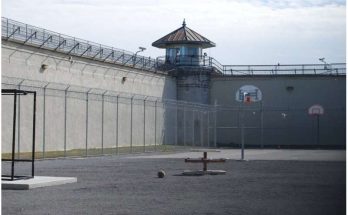#Quebec; #asylumSeekers; #FrançoisLegault; #JustinTrudeau
Montreal/CMEDIA: Influx of asylum seekers entering Quebec is nearing a “breaking point.” Premier François Legault reportedly said and is asking Prime Minister Justin Trudeau to slow.
Trudeau has reiterated on Tuesday his government’s commitment to welcome 500,000 new permanent immigrants per year by 2025.
Legault’s request was reportedly sent in an official letter to Trudeau.
“We are very close to the breaking point due to the excessive number of asylum seekers arriving in Quebec month after month. The situation has become unsustainable,” Legault was quoted as writing and added that in 2022, Quebec took in more asylum seekers than the rest of the country combined.
Legault said that although the closure of the unofficial Roxham Road crossing point south of Montreal in 2023 slowed the flow, the number of people arriving at the airport on a visitor visa and applying for asylum increased significantly.
In the first 11 months of 2023, Quebec registered 60,000 new asylum seekers which has put significant pressure on housing, education and other services, said the premier, causing asylum seekers to end up in overflowing homeless shelters with asylum seekers’ children straining schools with already a shortage of teachers and space.
The asylum seekers who are waiting for work permits receive financial assistance from Quebec with some 43,200 asylum seekers receiving $33 million in aid last October.
Legault expressed particular concern over Mexican nationals, who he said represent a growing proportion of the asylum seekers coming to the province.
Asking Ottawa to reimburse Quebec the $470 million it spent on taking in asylum seekers in 2021 and 2022, Legault is formally asking the prime minister to tighten its policies around granting visas requesting equitable distribution of asylum seekers across Canada.
Trudeau invited higher education institutions and companies to find their own housing solutions for these temporary residents.





